Earlier today, Ducati took the wraps off its new superbike engine, an 1,103 cc, 90°, V4 “Big Bang” unit that, according to Ducati, puts out massive power. Ducati is claiming 210 horsepower at 13,000 rpm, as well as a plateau of torque near 90 foot/pounds covering 8,750 rpm to 12, 250 rpm! In other words, huge peak horsepower together with a broad spread of usable torque.
This is the street version of the motor displacing 1,103 cc, while a sub-1,000 cc engine will be homologated later for use in WSB from 2019 forward.
The motorcycle housing this new engine will be known as the Panigale V4, which will be shown to the public for the first time in November at EICMA.
Here is the press release from Ducati, followed by a video showcasing the glorious sound of the powerplant:
Desmosedici Stradale: a V4 for the Ducati sport bikes of tomorrow
- New engine directly derived from the Desmosedici GP soon to go into production
- Key features include Desmodromic timing, counter-rotating crankshaft and Twin Pulse firing sequence
- New Ducati Panigale V4 to be unveiled November 5 at 9 p.m
“Marco Simoncelli” Misano World Circuit (Rimini, Italy), 7 September 2017 – Out of the experience gained in MotoGP, where the 4-cylinder Desmosedici unleashes incomparable performance, comes a new 90° V4 engine designed to power the Ducati supersport models of tomorrow. In transferring the technology of its most cutting-edge power unit from racetrack to road, Ducati offers customers performance levels honed by years of MotoGP experience.
Called the Desmosedici Stradale, this engine is set to become yet another Ducati milestone: it will be the first time ever that the Bologna-based motorcycle manufacturer has equipped a standard production bike with a 4-cylinder engine.
The official unveiling took place in Misano during the San Marino and Rimini Riviera GP, the thirteenth round of the 2017 MotoGP championship. A perfectly natural setting for the presentation, as MotoGP is the proving ground from which the new engine has drawn experience, technology and grit.
“It’s with undiluted pride that we unveil this technological gem. It represents the start of a new chapter for our company, underlining our vitality and an unshakeable commitment to investment in new products”, stated Claudio Domenicali, Ducati’s CEO, during the presentation of the Desmosedici Stradale. “This engine also highlights the close collaboration between Ducati Corse and the factory bike development team, proving just how instrumental racing can be in developing the technology that is later applied on production bikes. In November, at EICMA, we’ll be showcasing the new Panigale V4, an all-new motorcycle powered by this extraordinary engine”.
While the Desmosedici Stradale engine is undoubtedly suited to the track, it has also been designed to respond to the needs of the road rider. For example, to maximise mid-range torque – essential for a satisfying road experience – and ensure punchy torque and power at lower revs, the engine has a slightly larger displacement than its MotoGP counterpart (1103 cm³, to be precise). Power output from the Euro 4 compliant engine configuration exceeds 155 kW (210 hp) at 13,000 rpm while maximum torque exceeds 120 Nm (12.2 Kgm) from 8,750 to 12,250 rpm.
An R version with a displacement of less than 1000 cc – which revs higher and is intended more for track use – is currently at the advanced development stage. This will provide the foundation for the homologated version that competes in the Superbike championship, where this engine will be used starting in 2019 (one year on from the launch of the respective road version, as per the Ducati tradition).
As on the Ducati bikes used in racing, the crankshaft is of the counter-rotating type. This reduces the overall gyroscopic effect and makes the bike faster and more agile when changing direction.
The crank pins, offset at 70° as on the Desmosedici GP, involve a Twin Pulse firing sequence that generates easy-to-handle power delivery and optimises out-of-the-corner traction (“Big Bang” effect). This firing sequence also gives the Desmosedici Stradale a unique signature sound.
A 90° V4 configuration makes the engine extremely compact, allowing centralisation of mass and smoothing incorporation on the vehicle. The Desmosedici Stradale has, in fact, been inserted on the motorcycle with the front cylinders banked 42° back from the horizontal, just like the Ducati engines employed in MotoGP. This, of course, optimises weight distribution, allows the adoption of larger radiators and brings the swingarm pivot point forwards.
Its architecture also evens up first order forces naturally without the added weight and power loss that a balancing countershaft would involve.
As in MotoGP, the engine was designed with an 81 mm cylinder bore. This measurement reflects the maximum limit allowed by MotoGP rules; it’s also the highest in the 4-cylinder supersport segment.
Using the same bore as the Desmosedici GP engine means both power units share nearly identical in-engine fluid dynamics (i.e. on valves, intake ducts and throttle bodies, right where the power is produced).
Needless to say, the new engine is designed around the Desmodromic system, a key characteristic that helps make Ducati prototypes the fastest in MotoGP. On this high-revving engine the “Desmo” system achieves a degree of sophistication, lightness and compactness never before seen on a Ducati.
Variable-height air intake horns constitute another first for a Ducati factory bike, optimising cylinder intake across the rev range and giving significant advantages in terms of power delivery and handling. Completing the fuelling system are the oval throttle bodies, each equipped with two injectors: one above the butterfly and one below it.
This package of cutting-edge technical solutions – absolutely unique within the Supersport segment – makes the Desmosedici Stradale an engine like no other in the motorcycle world.
Main technical data:
- 1,103 cm³ 4-cylinder 90-degree V
- Bore x stroke 81 x 53.5 mm
- Compression ratio 14:1
- Maximum power exceeds 210 hp at 13,000 rpm
- Maximum torque exceeds 120 Nm from 8,750 to 12,250 rpm
- Counter-rotating crankshaft
- Twin Pulse firing sequence, crank pins offset at 70°
- Euro 4 emissions
- Desmodromic part chain, part gear timing with dual overhead camshaft, 4 valves per cylinder
- Wet multiplate anti-patter servo clutch
- Semi-dry sump lubrication with four oil pumps: 1 delivery and 3 return
- Fuelling with four oval throttle bodies (52 mm diameter equivalent) and variable-height intake horns
- 6-speed gearbox with DQS up/down system
- 24,000 km “Desmo-service” maintenance interval (15,000 miles)


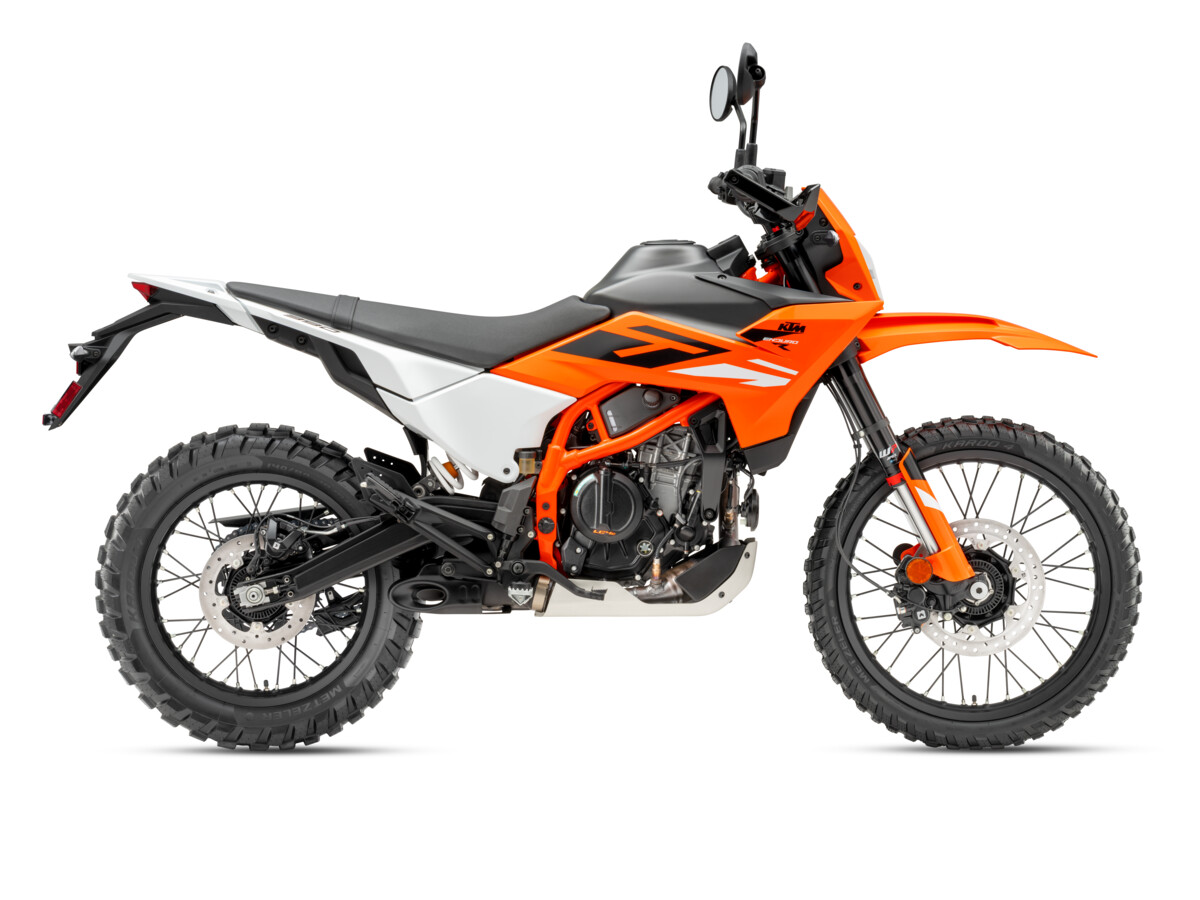
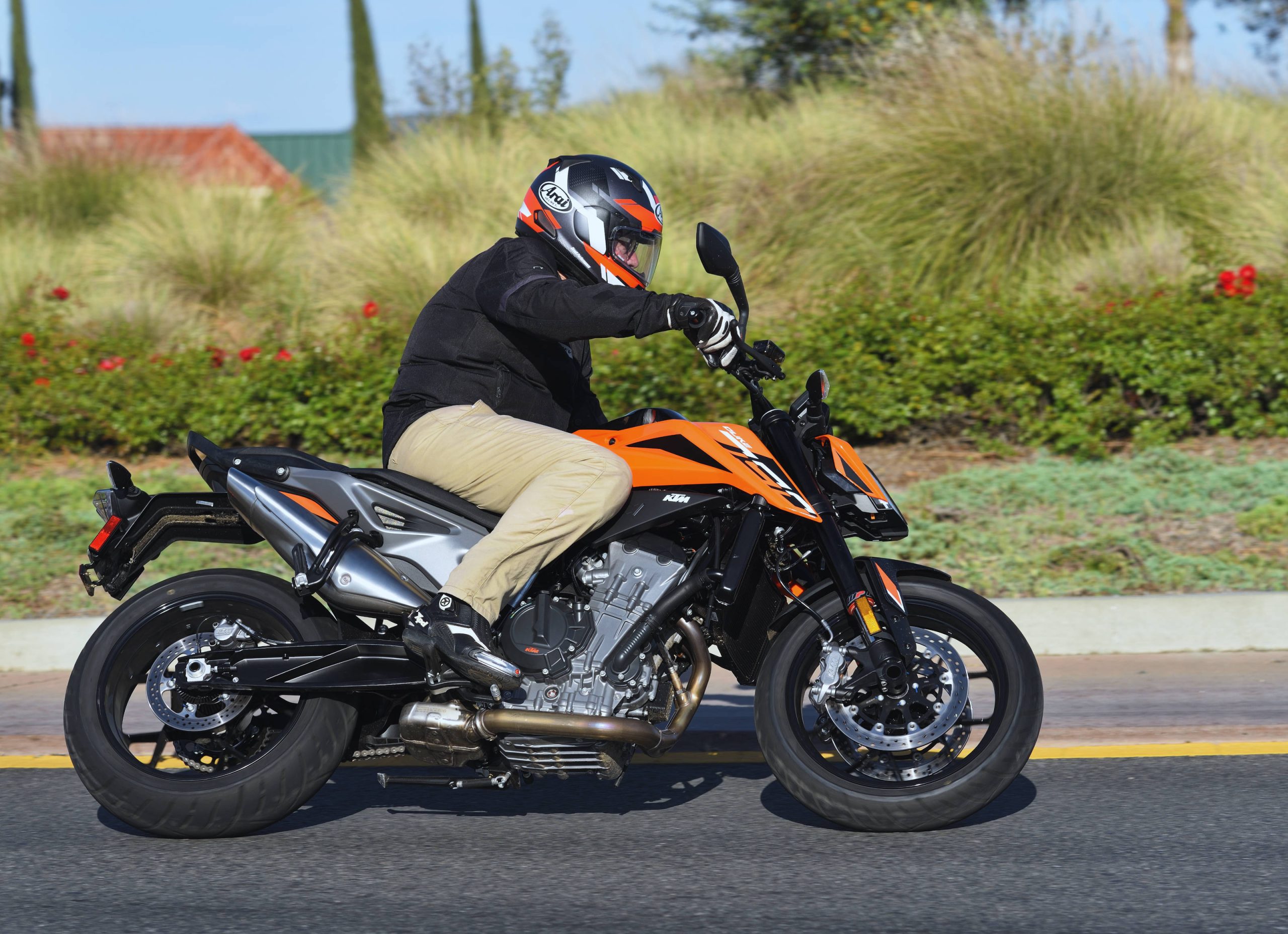
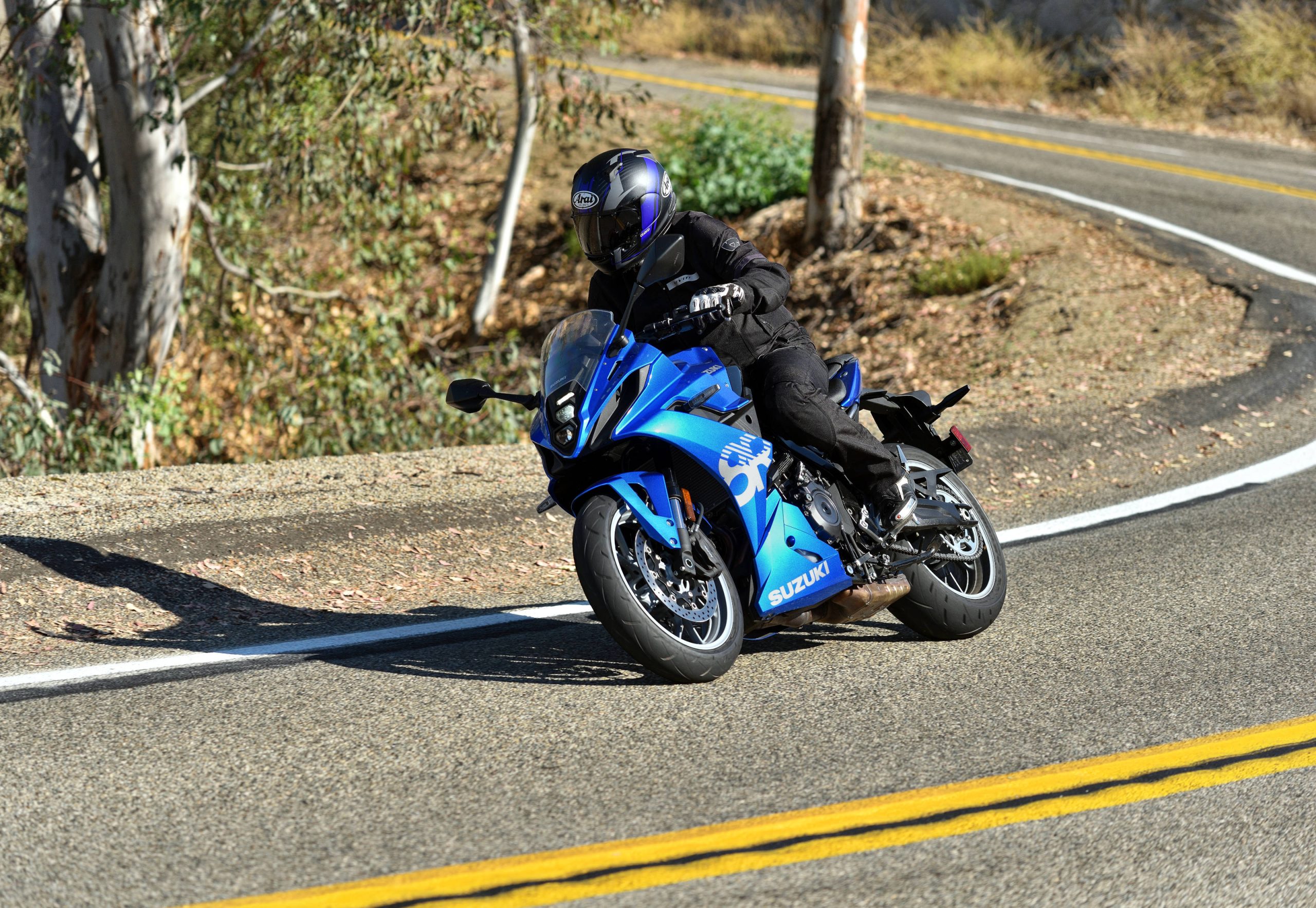
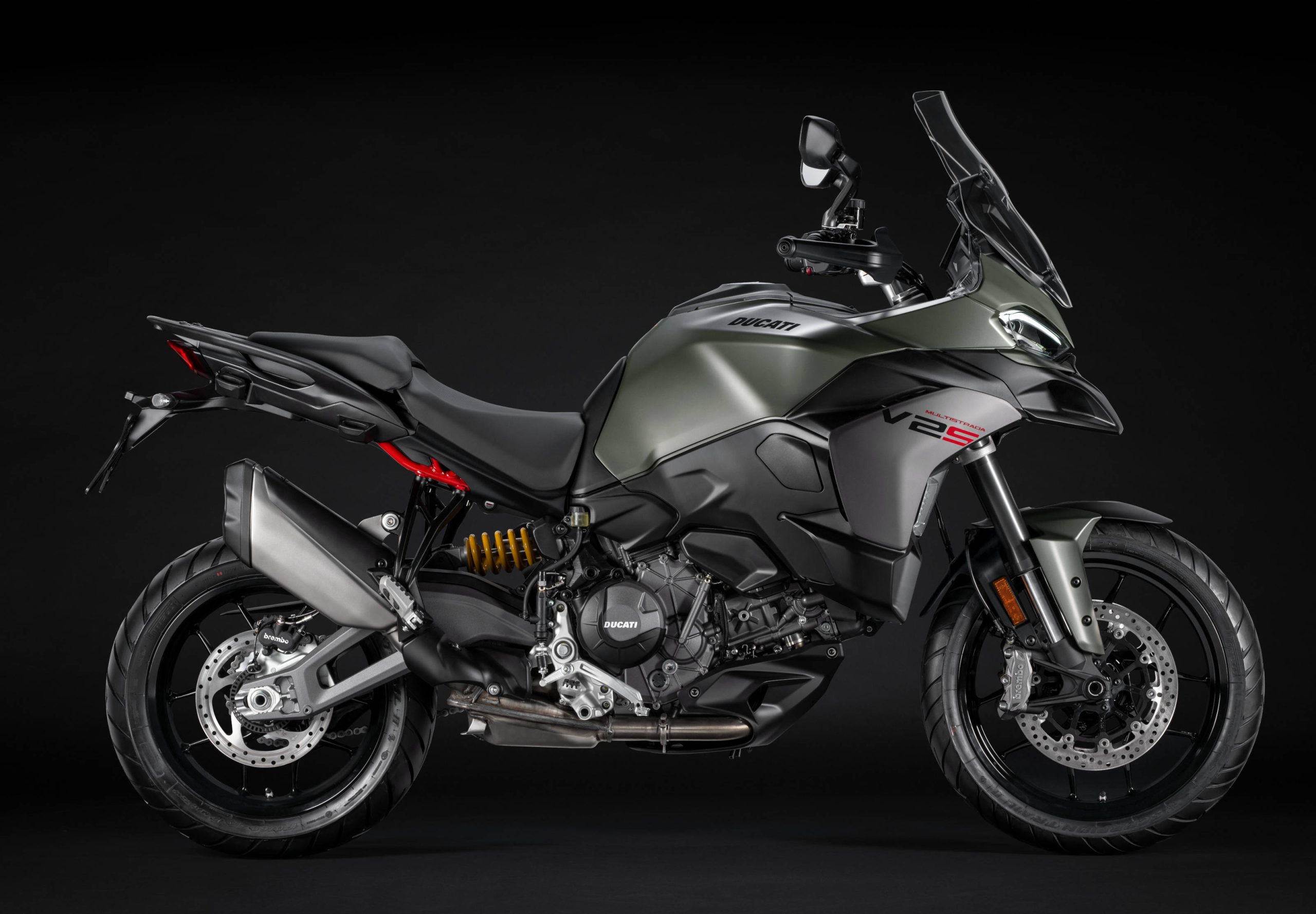
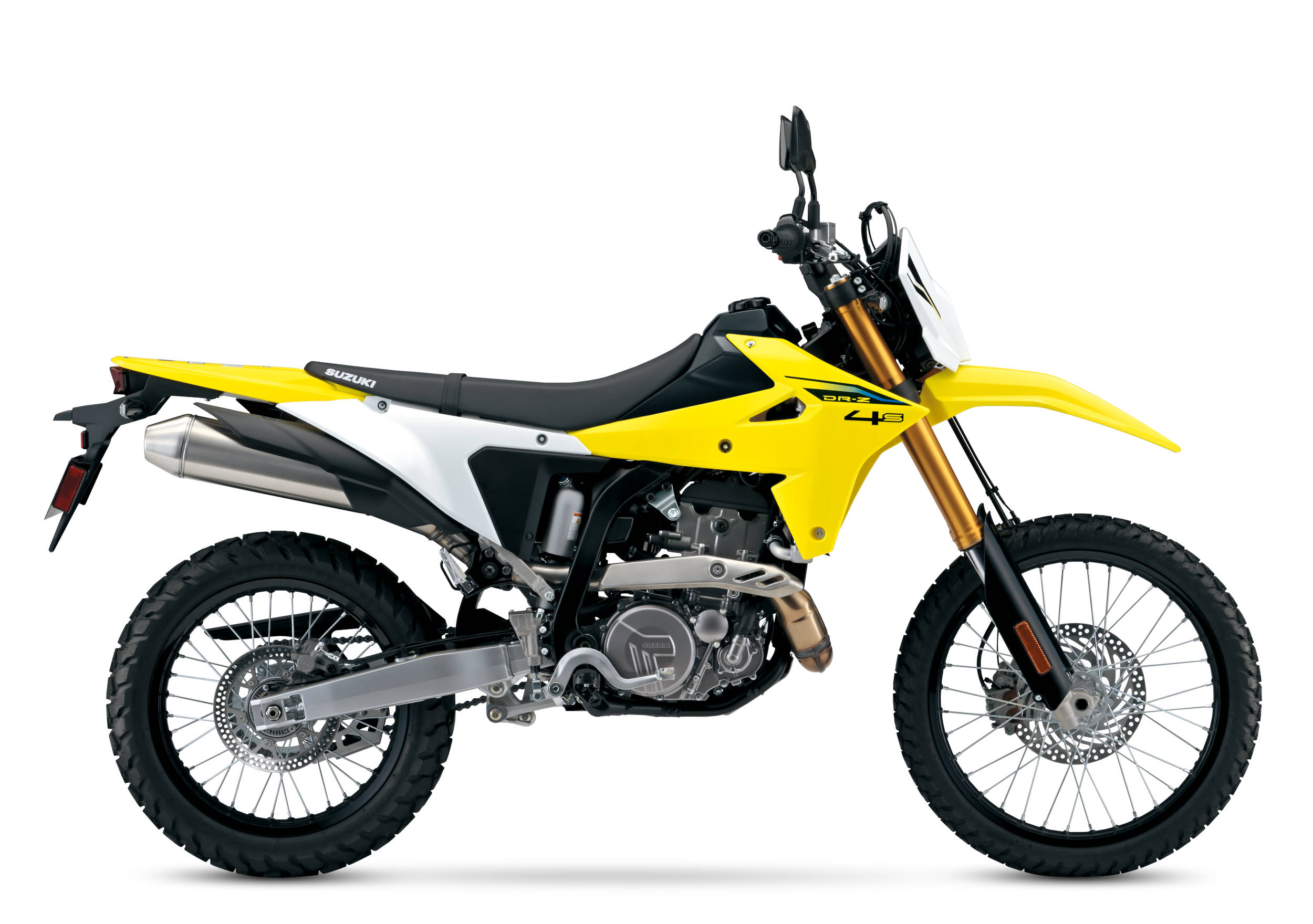
I don’t get the displacement. Makes no sense to me. It makes this “race bike” useless. Ducati will no longer make any bikes that properly fit a race class? I buy sport bikes for racing (and only for racing). I can’t race this and the 959 has to race 4 cylinder litre bikes where it is misplaced and outclassed. Why no more 848? Why not make something regular guys can use?… no middle weights available anymore (the class I usually race in) and a non-raceable litre bike. No bikes for me to even consider. What gives?
re: “It makes this “race bike” useless.”
yes, that’s exactly the point.
re: “Ducati will no longer make any bikes that properly fit a race class?”
wait for it… wait – for – it…. (in the meantime scour the seat cushions for loose change, $40 grand’s the buy-in).
Q: What gives?
A: scroll down.
Yeah, I get what you’re saying, but it seems a weird business decision. I typically end up spending about $20k, all in, to buy and set up a race bike every couple seasons. And, for me, that’s a stretch — and, in fairness, I think I spend more than most. How big can your market share be if you only sell bikes to the WSBK crowd. I have to imagine club racers are a far bigger market.
Selling bikes to racers isn’t a business, outside of off-road. Racing/top performance brings credibility, which sells all of the brand’s products.
If profit is being made on these at all, it’s street riders who don’t use them to anywhere near their potential that drives it, just like most all high performance vehicles.
You can race the R version.
Cool. Now lop off a cylinder bank and make a wicked parallel twin. Then dry sump that baby and make an Africa Twin destroyer.
Pricing will be interesting. The Ducati Panigale is already more expensive than the comparable V-4 Aprilia and you would think this new desmosedici will bump the price up even further. The performance will have to be pretty epic.
The base RSV4 is very much a bargain compared to other bikes in the superbike class, Japanese included. Will Ducati keep an L-twin Panigale-level sportbike model in the lineup to compete as their value leader? (Value being relative.) Obviously the engine architecture will continue in the Supersport, Multistrada, Monster, and other models of varying displacement.
re: “Will Ducati keep an L-twin Panigale-level sportbike model in the lineup to compete as their value leader?”
once upon a time such a question would’ve been LAUGHABLE, unfathomable, it would maybe even see you kicked off more than a few Ducati forums, but come 2018…?
not so much. LOL
The maintenance costs/requirements of this thing will be outrageous and will likely result in the immediate sale of a great many of bikes equipped with this motor just after the reality of the first service hits.
There is no way around that. Unless you are able to comfortably afford to maintain a bike like this, you will rid yourself of it soon after that first maintenance and at the latest, just prior to the second such major service.
The valve check/adjust intervals are somewhere between 14,000 and 15,000 miles (I think Ducati is calling for 24,000 kilometers). This will most likely require removal of a great many parts just to get at those babies, including (maybe) the rear wheel and swing-arm. This does not detract from the admiration due such a bike, but really now…In the real world bills must be paid, food must be bought, rent comes due and more.
I will have to pass but having to do so is made easier by the realization that I ride on the street and have no real use, let alone need for what the Ducati has to offer. I do however, have bills to pay. Such is reality. For those that can fully afford to make one of these motors a part of their reality, well done Neo, well done indeed.
24000 miles is a lot of trips to the nearest Starbucks and back….
Kilometers, but sill a fair amount of riding. Most of these bikes get sold with about 7k miles on them.
re: “This is the street version of the motor displacing 1,103 cc, while a sub-1,000 cc engine will be homologated later for use in WSB from 2019 forward.”
translation: we want to race it first…!!!
though we’re forced to release it NOW to comply with Euro 4 emissions, to that end we’ve gone and added a needless 100cc’s (that every Ducatisti worth his salt knows we DON’T need) for the end game of BLOCKING various and sundry nutters the world over from legally racing this kit in any series without ponying up for mega quid privateer support (a program you know we wrote the book on). this could make us look bad before we ever get the bloody thing up to speed.
right, so all this we intend to do BEFORE we make with the business of using Chaz Palminteri (err Davies) to hand Rea and Kawasaki back their asses wrapped in a GREEN bow. showing the bike as competitive is important psychologically at getting teams to “come off the dime” you see like the days when we had a so called “displacement advantage”, even though we were simultaneously running the TRIPLE HANDICAPS of long engines, inconsistent trelli, and single sided swingarms that laymen overlook. their behavior’s conspicuous.
(all the above said with an Ernesto Marinelli voice)
“… wrapped in a green bow.” Good one.
They added the 100cc so they could more easily make class leading hp so the guys who can actually afford them can say their bike is the fastest. I don’t think Ducati has a ever cared about club level racing.
MotoGP MotiF is the credibility this bike will pull from, not WSBK.
re: “I don’t think Ducati has a ever cared about club level racing.”
correct, with only 3 bikes on the grid (2 of them ironically belonging to Corse itself) Ducati only cares about the missing privateer revenue from AMA, BSB, and when WSB was more affectionately known as the “Ducati Cup”.
i’ll bet melandri is happy. he did so well the last time he rode a duke v-4…
Very deep sump. Quite a tall engine for a Vee.
OK, an 800cc, 140 HP version in a sport touring chassis would probably have me.
This would be a way to bring in mortals like myself.
A 1000cc, 140hp version would be much better. An 800 making that kind of peak hp would be peaky and not much fun with any real load aboard.
I’ve been called “gauge goon” aplenty, and this clip just helped feed the need. Especially the — km. Sure hope Rossi gets a track day on the GP.
Ducati always need an advantage to keep up with the competition. Watch them throw their toys out of the WSB pram when they get told to drop it down to 999cc.
Edit: yes I saw they are developing a 999cc version for WSB. I’m skeptical they won’t put pressure on them to let them race the full fat version.
They will race with a 999cc, but will ask for bigger injectors and more fuel.
Nonsense. The extra cc’ s offset the disadvantage of having only two cylinders.
Ducati doesn’t have a cc advantage in MotoGP. How’r they doing over there?
Just fine, thanks. 🙂
A 1200cc V twin is NOT an advantage over a 1000cc four. Simple engine architecure study/research will explain this to you.
re: “Simple engine architecure study/research will explain this to you.”
stop, stop, don’t even waste your time responding DZ. anyone still bringing this up at this late date is either A: trolling. (are the kid’s still calling it that?) or B: suffering from a condition known as “reduced MotoIQ”. my vote is well understood for being with the latter. (insert animated gif of sweaty, middle-aged man getting a workout clubbing a horse)
Yeah, Norm, you are right. I always tend to think folks on here understand these basics. But, alas…..
Yeah, we all know the Ducati motoGP bike is lacking in power….
Not giving up my 996, love that twin, but this v-4 is exciting news. This “teaser” video is a lot more satisfying than that crap Kawasaki put out the other day.
Who thought Honda was so far ahead in 1982 with a V4 design, I did I owned one and thought endlessly that the V4 was the perfect design for motorcycle use. Faults aside the continued development of V4’s in the VF500F, VF750F, VF1000F, and the VFR1000R impressed so that Yamaha and Suzuki piled onto the wagon for a ride. Time and reflection allows me to say although the engine’s didn’t pan out and most jumped ship the design still is compact. Today I find the engine exhaust sound of the V4 mostly bland, as I do inline 4’s. I am so going to miss the Ducati V2 sound and the trailing throttle with a “open” exhaust.
Honda was only a couple of decades behind actually. Ducati has been been working on the V4 since 1964. Finally ready!
http://www.motorcyclespecs.co.za/Gallery_A-L_16/ducati_apollo_64_01.jpg
Behind? That must be how their V-4’s won all those championships in the eighties?
What has Honda done for us lately? Answer: not much.
Well there “billy” the above listed V-4’S were almost only used on the street. Had I listed the VFR 750, RC 30, and the RC 45 they were used for racing. And if I wanted to go high tech the NR 750 would be it, which Ducati or any other motorcycle company has never come close to. Really you should learn to read up on this stuff…….
This info, particularly regarding the displacement of 1103cc, makes me wonder why Japan hadn’t jumped the 1000cc barrier with their sportbikes. Like Ducati, they could have kept a 999cc model available for a homologation special, and made the production engine 1050-1100cc. Heaven knows that Japan has a history with pretty awesome “1100s” from the ’80s through the ’90s, so why not?
I’m not suggesting *any* of these things are anywhere near short of power, but when given a sales opportunity through bigger numbers, why wouldn’t they have taken it? There’s no reason to cling slavishly to race-spec displacement for bikes that are overwhelmingly used strictly on public streets. The extra usability in the low rev range is more useful than the truly silly peak HP numbers that all of these engines make!
Looking forward to my new XS1100 or GS1100G based off of one of these theoretical monsters, too! 😀
“slavishly”? Is that a thing?
slav·ish·ly
ˈslāviSHlē/
adverb
in a servile or submissive manner.
“he slavishly followed the party line”
in a way that shows no attempt at originality.
“they adhere slavishly to a script written for them”
Show him how to search for the meaning of words- teach a man to fish, you feed him for life. Just kidding, Tom R.
Indubitably!
I couldn’t resist some good-natured ribbing of Tom R.
I agree with you completely, Selecter, and so does Erik Buell. That’s why the Buell 1125R/CR had 1125cc engines. Erik Buell’s design goal was a power band that started at 3500 rpm and went to over 10,000 rpm with a dead flat torque curve and 80 foot pounds of torque. He ended up with a motor that was wonderfully suited to street use even if it was not “legal” for racing (this was before the 1200cc V-twin rule).
It’s good to see Ducati take a similar approach. Having to rev a 1000cc engine to stratospheric RPMs with a power band that was designed for Superbike racing is taxing on both the rider and the engine.
I’ve never understood the fetishizing of horsepower-per-liter on street bikes, declaring larger engines “less efficient” if they don’t post higher horsepower numbers — even if the manufacturer was consciously trading peak horsepower for a more street-friendly torque curve. For street use, it’s the area under the torque curve that matters, not the height of the horsepower peak.
Way more engine than I’ll ever know what to do with but it sure makes for a good desktop wallpaper and some quality techy reading material.
re: “Way more engine than I’ll ever know what to do with”
exactly, this thing at a full 1200cc’s would make nearly all the HP (normally aspirated) that an H2R needs a supercharger to make.
add to this the potential cost of 32 checks/16 valve adjustments and you’ve got all the ingredients for an engine the high mileage/tight fisted/aerostich crowd DOES NOT want in their Adventure/Sport-Tourer.
if they thought water cooled 4V Desmo was bad…? you can hear the moaning and groaning already. no, that’s not thunder in the distance.
Aerostich crowd….tight fisted….?
Just because they wear the same suit for about 17 years.
And they get the same one repaired several times.
And most of them would fully stand in a corner even without being on a living human.
Think you meant H2. H2R makes about 326 HP.
as always a beautiful looking engine, but the addition of a mere 103cc’s seems weird other than to offset the parasitics of the intermediate shaft and the 70 degree throws (this crank was also used on the $72k road bike). it’ll be interesting to see, if the R homologation even bothers with a counter-rotating crank…?
oh yeah, what’s my reaction to the few leaked pics floating around of the overall bike…?
meh.
it does look like a Panigale, but that tank might be a disaster.
Looks like a 10-year-old Honda VFR to me.
basically.
with 3/4 of the weight, usd forks an no pipes to block that sweet SS swingarm
103cc to try to keep up with Aprilia. Nice, Italian-sounding engine!
Don’t believe that you are looking at photos of the actual bike. Remember it’s the internet.
no, we’re looking at the genuine article better photos are out
now. i guess someone realized in the age of 4K resolution phones (my nana’s got one) there’s really no point in trying to scam a savvy public in 2017 with pictures that look like they were taken with an 8 bit Atari when no such animal exists.
and Dirck’s right in that it looks like a Honda. while even with the improved photos it DOES look better, at the same time that sword cuts both ways. instead of looking like a VFR circa 2000…? it now looks like a VFR circa 2014 (Norm you’re not helping). but i contend this is intentional, the whole point of this exercise for the moment is for us to focus on the ENGINE. this way later (talking 2-4 years) they can give us a completely restyled bike (which surely already exists) and make it appear that they’re “fancy”, you know, that they’re doing something.
you must understand in the niche business of motorcycling, they can’t give rapacious consumers with “devaluing mentalities” everything all at once. sorry, like children we must be SPOON FED.
I’m sure that it’s 1103cc (rather than 1000cc) because that was the displacement that allowed Ducati to meet its design goals for horsepower, low-end torque, maintenance, and longevity for street use.
It’s the same reason why Aprilia’s Tuono 1100 street bike has 77ccs more than their RSV4 race bike, allowing the Tuono to have a peak torque of 121 Nm at 9,000 rpm vs. the RSV4 RR’s 115 Nm at 10,500 rpm.
Ten percent more displacement isn’t something I would call “a mere 103cc’s.” I also wouldn’t say a 440 pound bike had a “mere 40 pounds” more weight than a 400 pound bike, or that a 165hp motorcycle had a “mere 15hp” more than a 150hp motorcycle.
re: “Ten percent more displacement isn’t something I would call “a mere 103cc’s.”
no worries, it’s “mere” in the context of 90 Desmo V4’s when you understand the kit’s already good for a whopping 260 BHP at only 1 Liter of swept volume.
translation: Bologna doesn’t need displacement to make power in any area of the rev range with this particular engine.
“the kit’s already good for a whopping 260 BHP at only 1 Liter of swept volume.”
This is, according to Ducati, “inspired by the MotoGP version,” so it’s not the same hardware at all. And those MotoGP engines last less than 2K miles, don’t meet emissions or noise regulations for street use, have oil changes at less than 100 mile intervals, and make that 260BHP at revs that you would grenade this engine trying to reach (if you got rid of the rev limiter for your attempt).
“translation: Bologna doesn’t need displacement to make power in any area of the rev range with this particular engine.”
Ducati doesn’t need anything translated. I just looked up what they wrote and it aligned perfectly with with I surmised: “The stroke (53.5 mm) is longer compared to the Desmosedici GP engine in order to deliver higher torque on open road use, and to reduce maximum engine rotation speed.” They also wrote that this is an engine for “roadgoing sportbike enthusiasts” and that they are creating “[a]n R version with a displacement of less than 1000 cc – which revs higher and is intended more for track use” in Superbike competition.
I think we should be impressed that with the combined handicaps of: Street able power, emissions compliance, long service intervals, and pump gas, that some 200hp still comes out the other side.
Its architecture also evens up first order forces naturally without the added weight and power loss that a balancing countershaft would involve.
Uh, Norm – Why would it NOT get a counter-rotating crank? Also, it DOES NOT have a balancing countershaft.